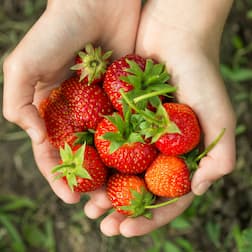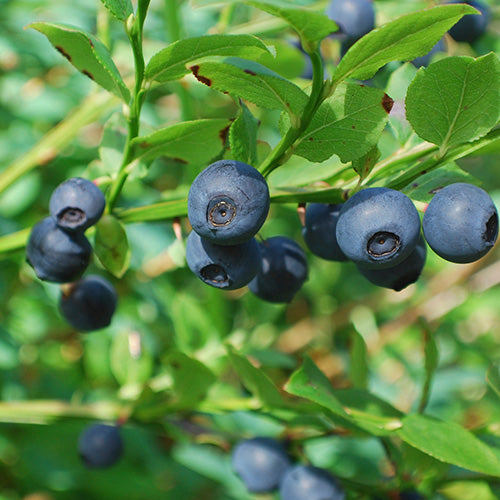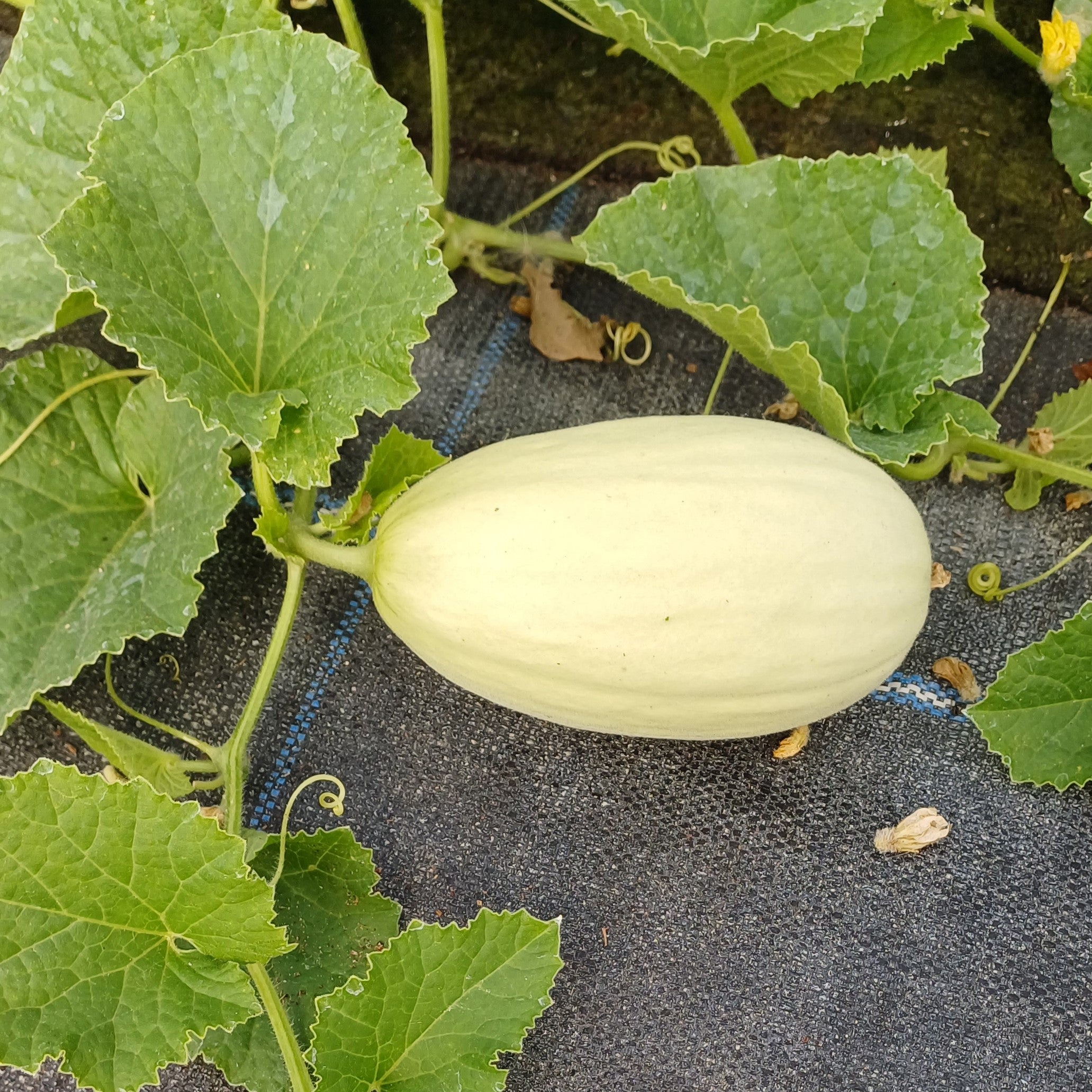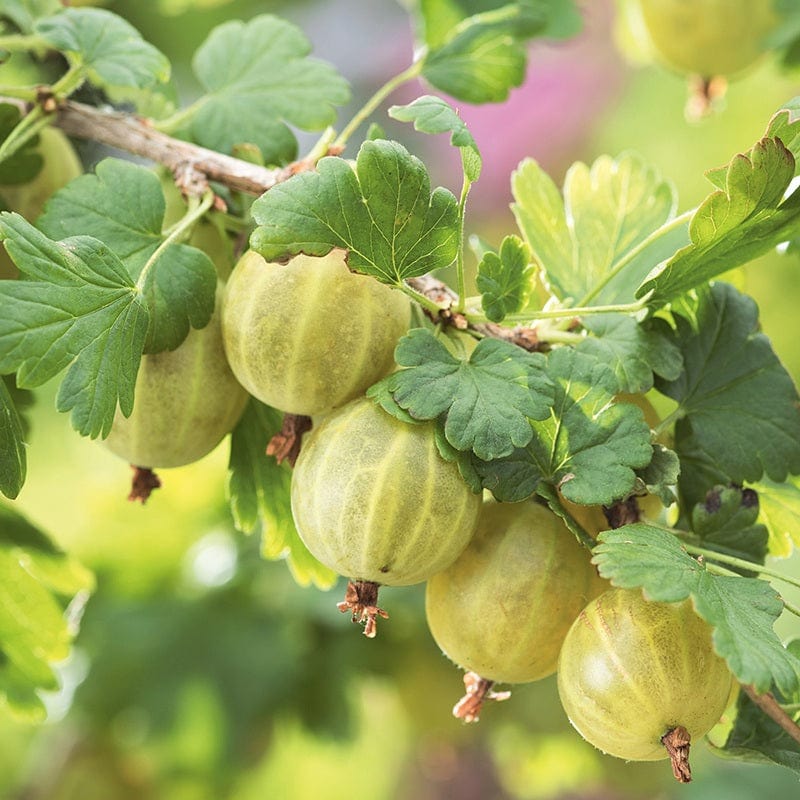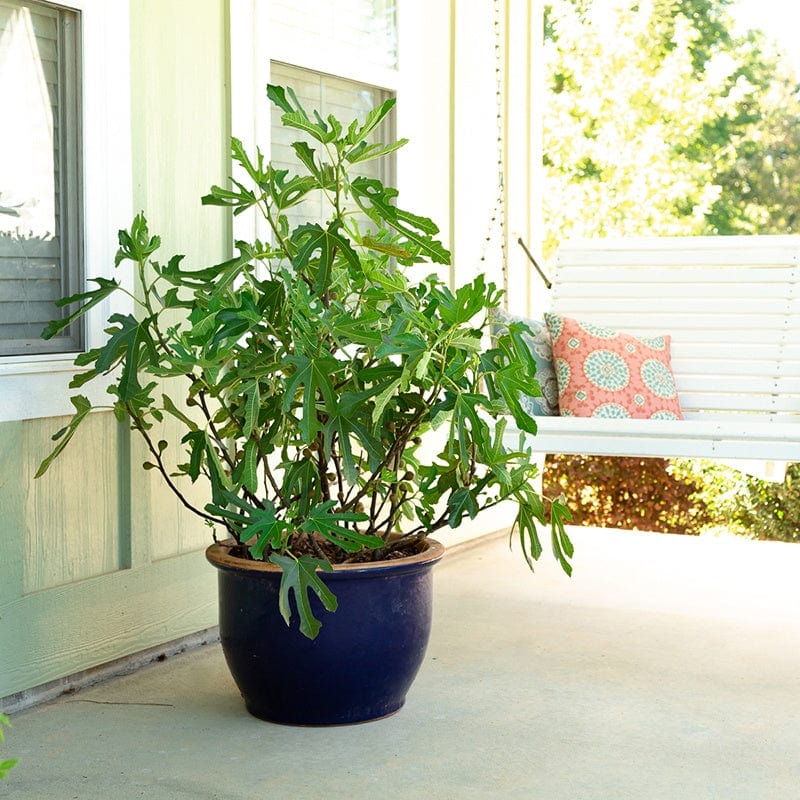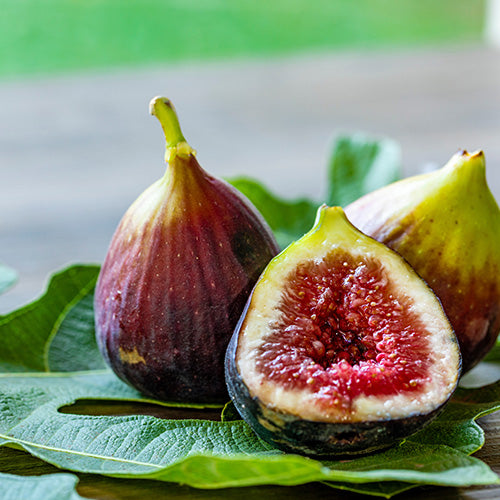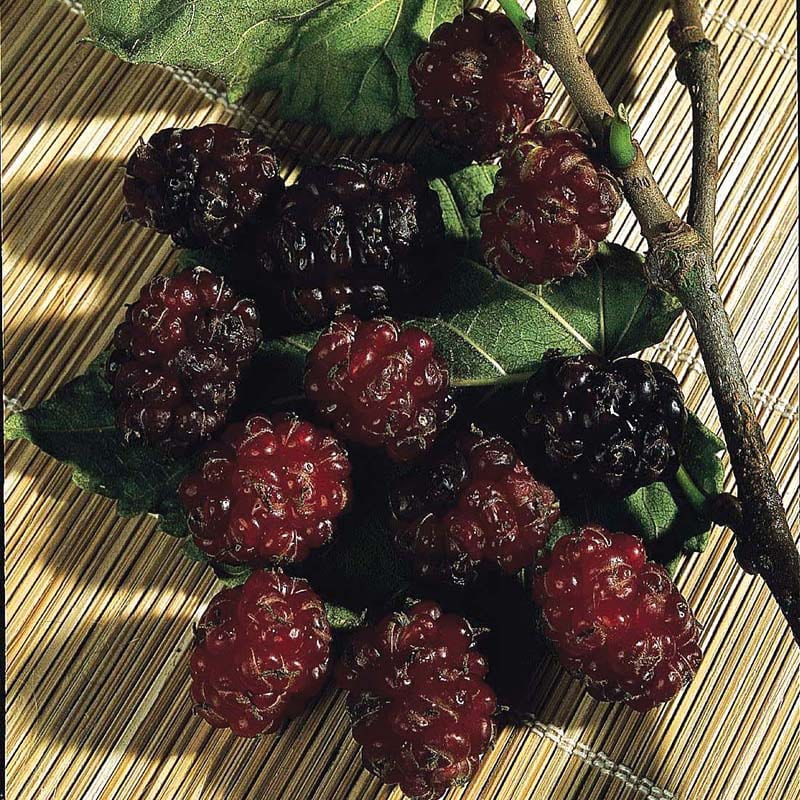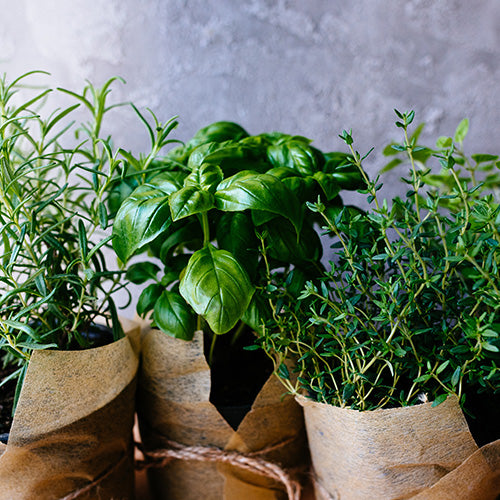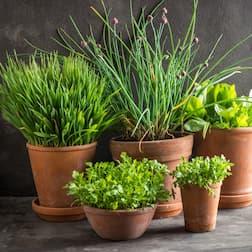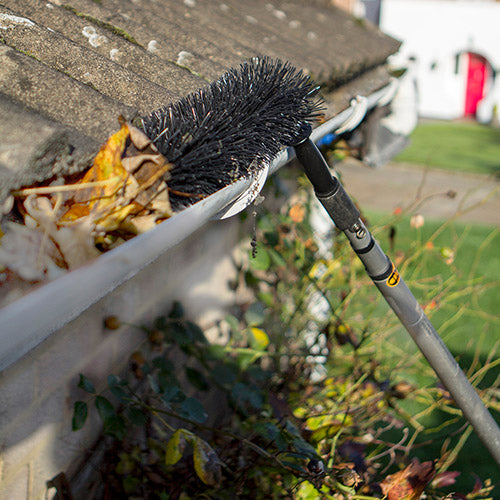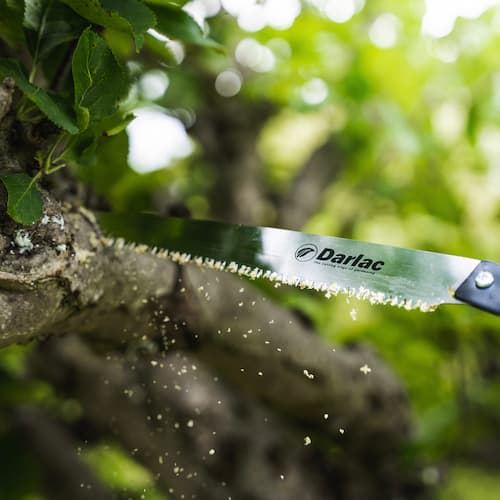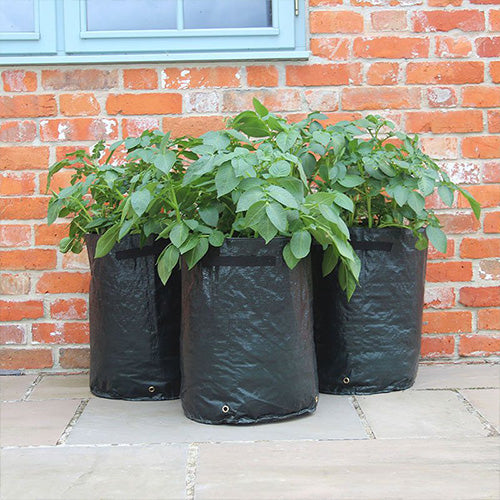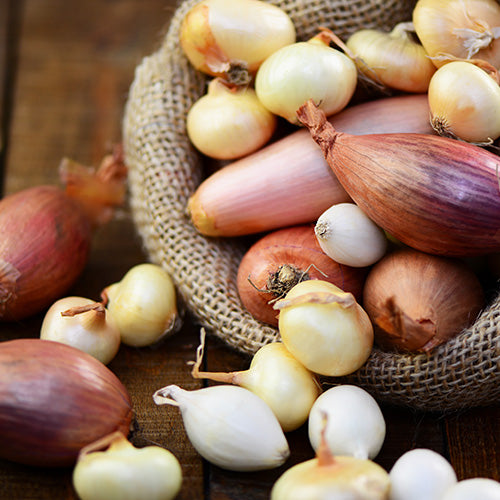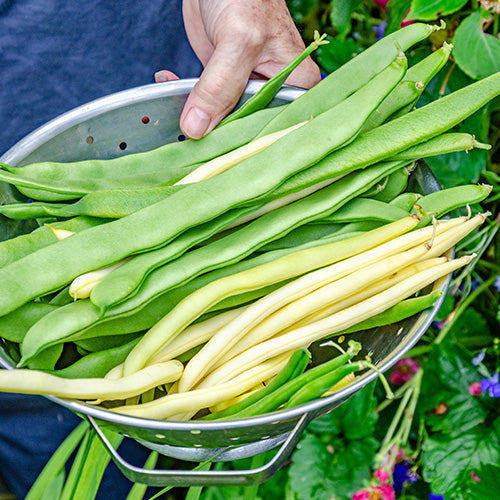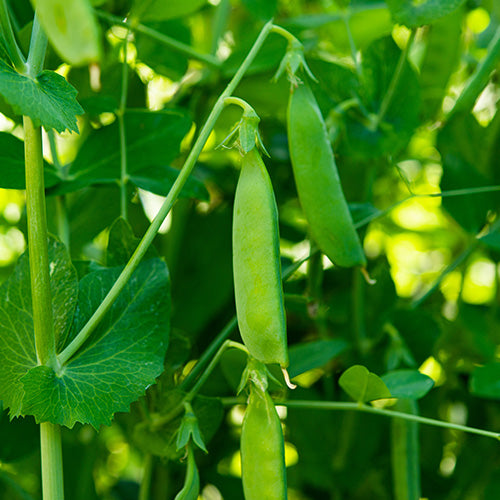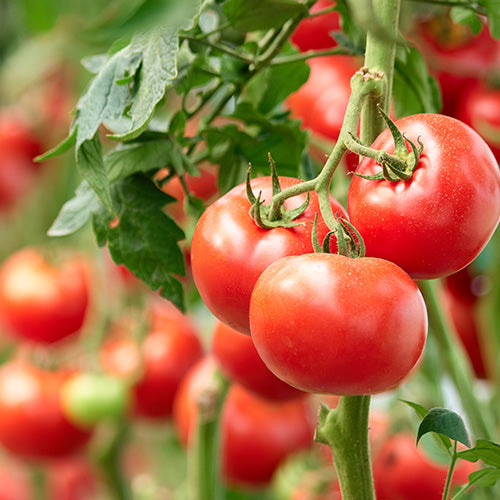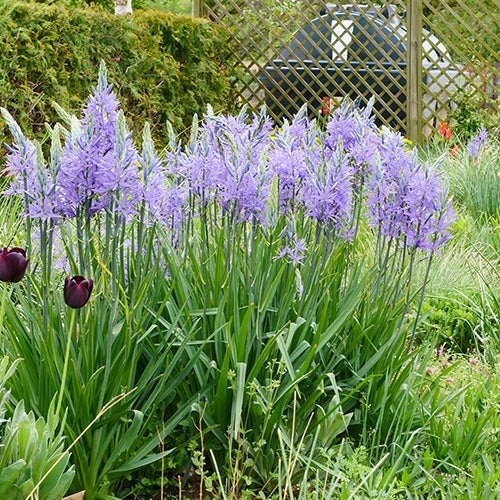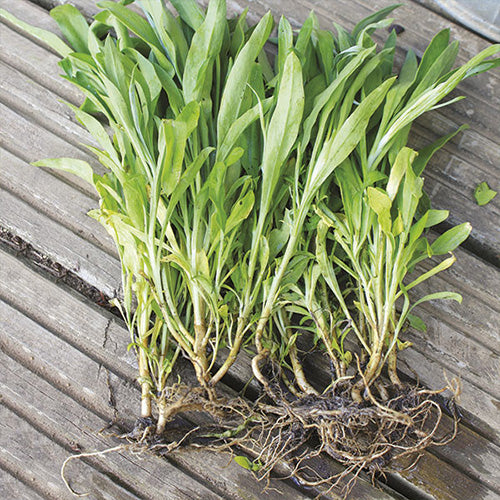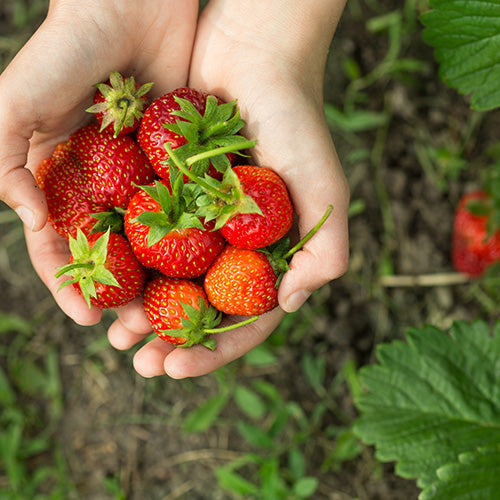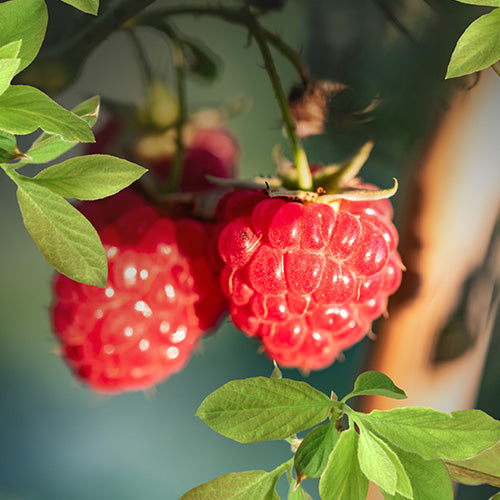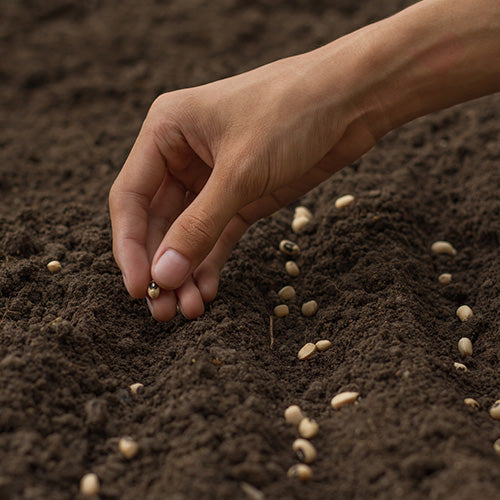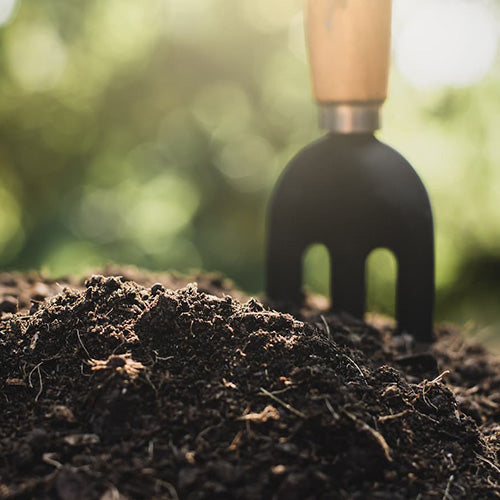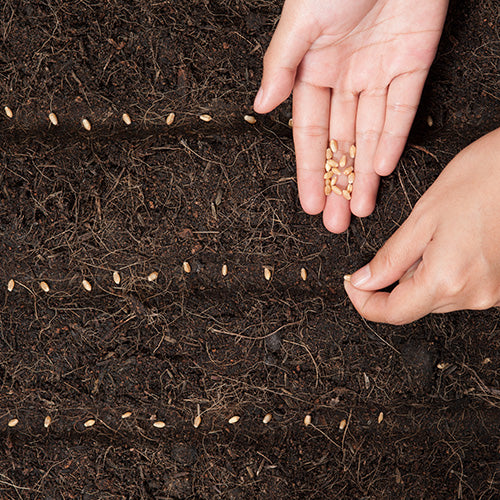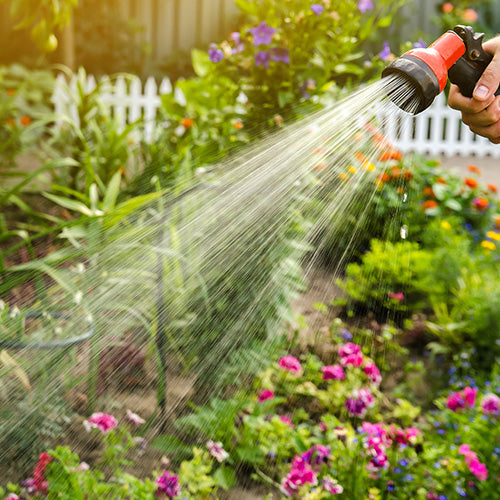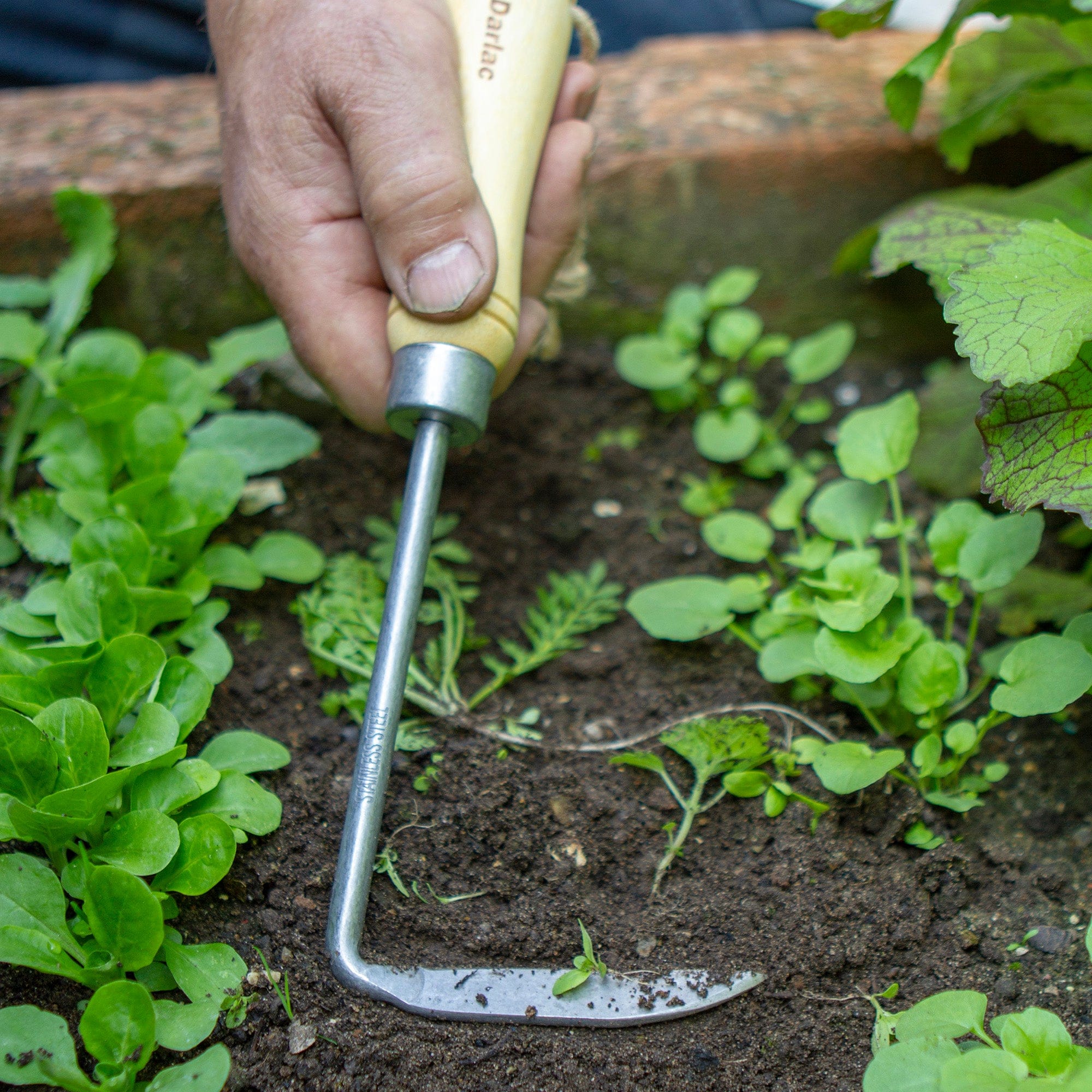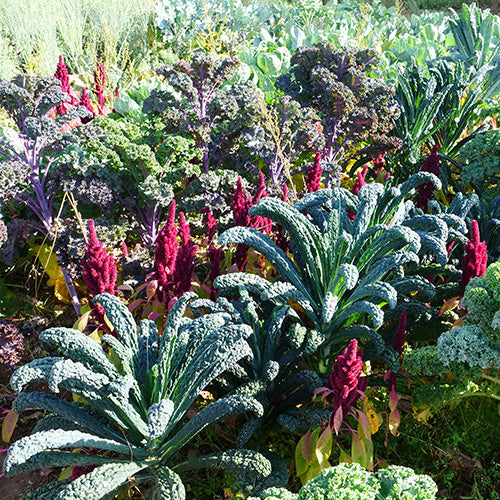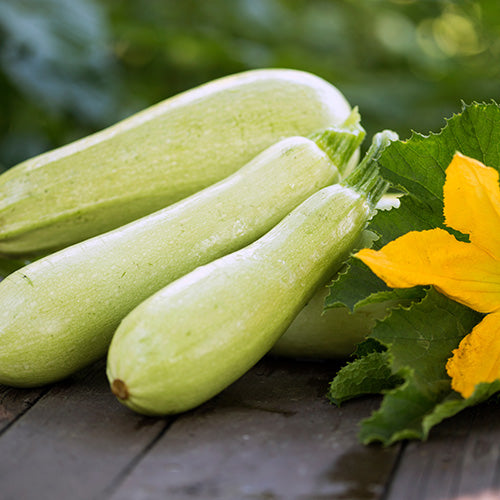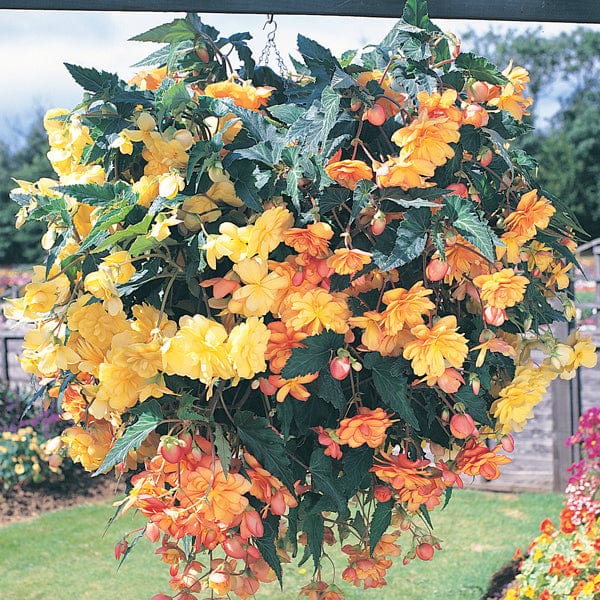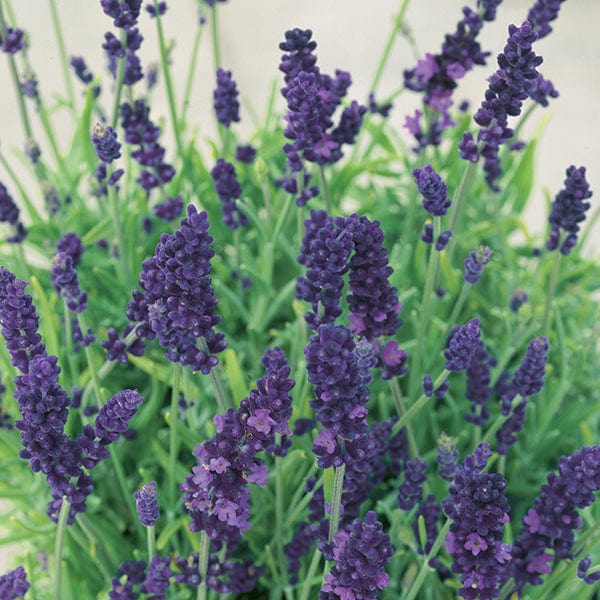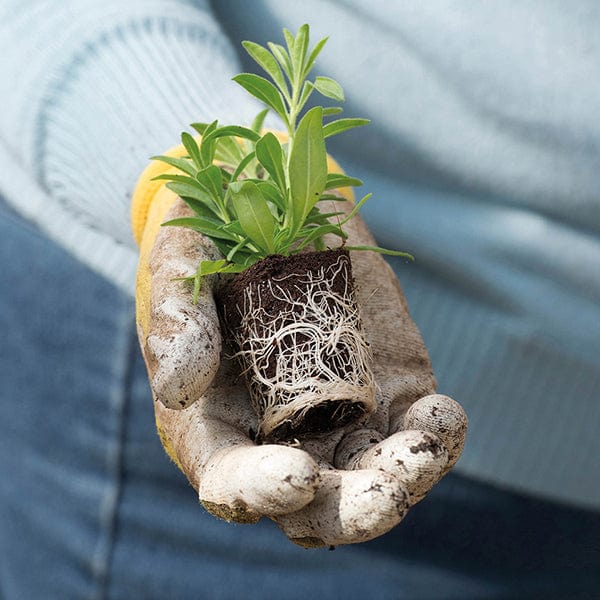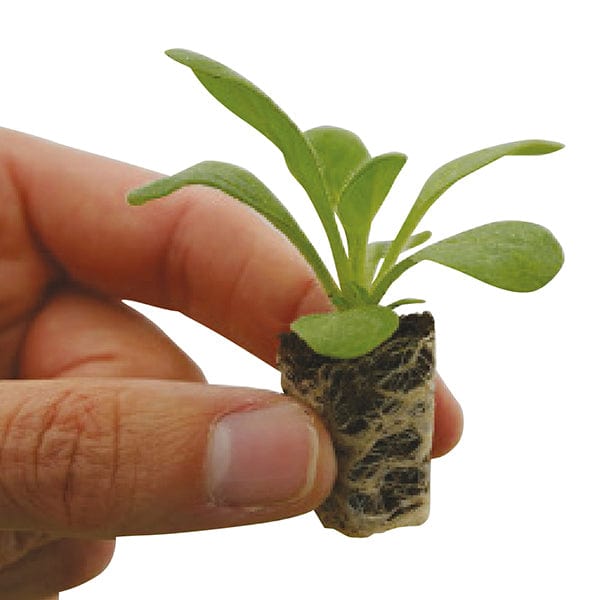How To Grow Cabbage
With a little planning it's possible to pick fresh cabbages just about every day of the year. Cabbages are divided - depending on when they're ready to use - into spring, summer and winter varieties. Spring greens are undeveloped spring cabbages and traditionally sown in summer but can be sown all year round. Savoys are a distinct type of winter cabbage.
Sowing
Sow thinly a half-inch (13mm) deep in a seed bed in rows 6in (15cm) apart. Thin to 3in (7.5cm) apart. Spring cabbage: Sow in July/August; transplant in September/October.
Summer cabbage: Sow from late February/early March (under cloches or similar cover) until early May; transplant in May/June.
Winter cabbages: Sow in April/May; transplant in late June/July.
Growing
Transplant to growing position when plants have five or six true leaves, setting the lowest leaves at ground level. Water well the day before moving, firm in well after transplanting and 'puddle' in the plants with plenty of water. Plant compact varieties 1ft (30cm) apart, larger varieties up to 18in (45cm) apart. Plant spring cabbages just 4in (10cm) apart in rows 1ft (30cm) apart - thin to 1ft (30cm) apart in late February/March and use thinnings as spring greens.
Harvesting
Cabbages are harvested by cutting through the stem at ground level with a sharp knife. Cut a half-inch (13mm) deep cross in the stump of spring and summer cabbages and you'll be rewarded with a second crop of much smaller cabbages.
How To Grow Brussels Sprouts
Although often despised by children - of all ages - well grown and well cooked sprouts are well worth growing especially if you choose F1 varieties. Firm, water-retentive soil is important for good crops.
Sowing
Sow as for cabbages. For an early crop sow under glass in February, otherwise sow March to April in a seed bed.
Growing
Transplant to their growing positions, leaving 30in (75cm) between plants. Plant smaller varieties 18in (45cm) apart for an earlier crop of smaller, tastier sprouts. The soil must be firm and should have had plenty of humus added the previous autumn. Protect from birds using netting or fleece; the latter will also protect against cabbage white caterpillars. Keep young plants well watered and feed in summer with a liquid foliar feed.
Harvesting
Start picking the lower sprouts when they are the size of a walnut and are still firm and tightly closed. Snap them off with a sharp downward tug. The flavour is usually better once the sprouts have had a touch of frost.
How To Grow Cauliflowers
To grow perfect caulis you'll need a rich and deep soil - manured for a previous crop - and there mustn't be a check to growth, so careful planting and watering are essential.
Sowing
Sow as for cabbages. The main sowing period is March to May, although early crops can be achieved by sowing under glass in January or sowing a variety like Orkney F1 in the autumn.
Growing
Transplant to their growing positions (as for cabbage), spacing summer and autumn cropping varieties 2ft (60cm) apart and winter varieties 30in (75cm) apart; spacing 12-18in (30-45cm) apart will provide mini, 'one person' curds. Protect the plants from birds by covering with netting or fleece. Water regularly and feed occasionally as cauliflowers are a hungry crop. Protect the curds of summer varieties from the sun by bending a few leaves over them; doing the same with winter varieties will protect against frost - particularly important with the less hardy romanesco types such as Natalino.
Harvesting
Start cutting when the heads are firm; you've left it too late once the florets start to separate. By lifting the plants and hanging upside down in a cool shed they can keep for up to three weeks; mist the curds frequently to prevent drying out.
How To Grow Kale
Often a neglected crop, kale tolerates cold weather better than most brassicas and isn't troubled by birds, clubroot and cabbage rootfly. Always pick the leaves when they are young and tender.
Sowing
As for cabbages from March to May.
Growing
Transplant to their growing positions leaving 18in (45cm) between plants.
Harvesting
Start to remove young leaves from the top of the plant from November . Side shoots are formed after the main crown is harvested and these are ready for use from February to May; pick shoots that are 4-6in (10-15cm) long and young.
How To Grow Kohl Rabi
Increasing slowly in popularity, it is more tolerant of warm weather than turnips and easier to grow successfully. It grows quickly, maturing in a few months from sowing. The taste is difficult to describe but is generally nutty with a slight celery and cabbage taste.
Sowing
Sow a half-inch (13mm) deep in rows 12in (30cm) apart from April to July.
Growing
Thin the seedlings until the plants are 6in (15cm) apart. Soak the soil during periods of dry weather. Provide protection against birds and cabbage rootfly.
Harvesting
Harvest until mid-December when the plants are young and the swollen stem bases are between golf and tennis ball size. The leaves can also be eaten.
How To Grow Chard
Much underrated vegetables now becoming more popular thanks to the varieties with brightly coloured leaf stalks and the revival in growing ornamental vegetables. Easier to grow than spinach - as are less likely to go to seed in dry weather - and one sowing will produce a crop for many months.
Sowing
Sow one inch (2.5cm) deep, 4in (10cm) apart in rows 15in (37.5cm) apart from April to July.
Growing
Thin seedlings to 1ft (30cm) apart. Water during prolonged dry periods; mulching will help conserve soil moisture. Cover plants for overwintering in October with cloches or protect the crown with straw and cover with fleece.
Harvesting
Pull off the outer leaves when they are large enough for the kitchen; don't wait until they reach full size.


